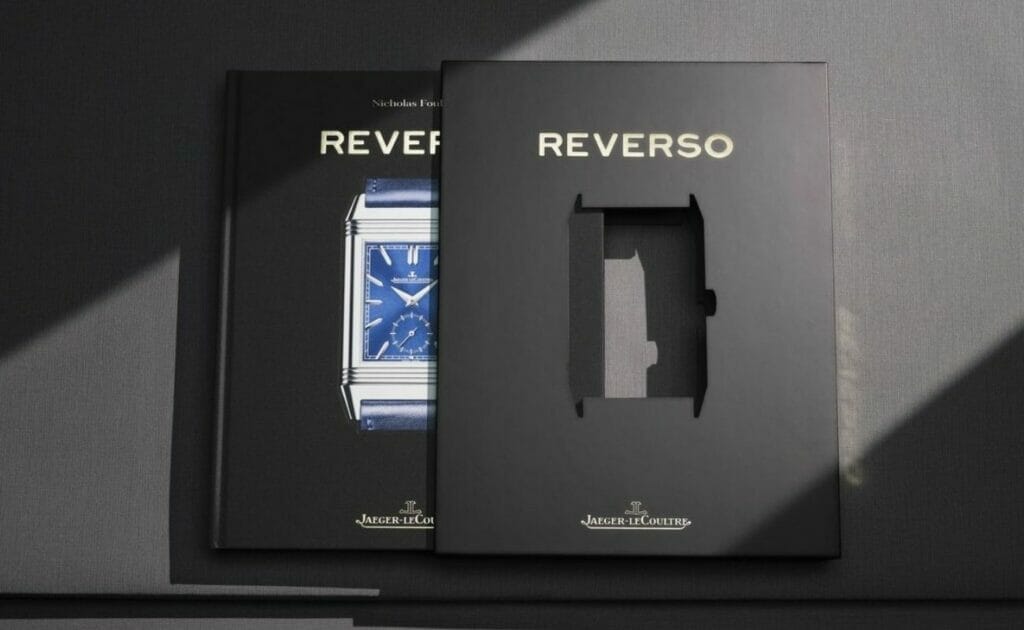A chilly day in March 2016 marked my first visit (of two, so far) to the Jaeger-LeCoultre museum and manufacture, located in the serene Swiss village of Le Sentier. While the manufacture offered plenty of highlights with its complications (the multi-axis Gyrotourbillon, in its various incarnations, never fails to impress) and artistic crafts, the museum also stood out with displays such as that of historically significant models of the brand’s signature Reverso watch. An undisputed icon, the Reverso was launched in 1931 and is known for its swivelling-case design that allows owners to customise the back with unique designs. On that visit, one model in particular caught my eye, with its blocky, black and silver engraving boldly spelling out: D MAC A.
Dating back to 1937, this model belonged to General Douglas MacArthur, known for his victory in the Pacific Theatre in the Second World War as well as his stylish way with aviator sunglasses. In 2015, this steel watch became the priciest Reverso sold at auction, when Jaeger-LeCoultre, amid fierce bidding, bought the watch for its museum for CHF87,500.
This watch is one of many Reverso timepieces featured in a new tome, simply titled Reverso. Published to mark the 90th anniversary of the Reverso this year, the weighty 252-page volume is the result of a collaboration between Jaeger-LeCoultre and luxury publisher Assouline. Out next month, it was written by Nicholas Foulkes, a British watch specialist and historian who also penned Patek Philippe’s first authorised “biography” that was launched in 2017.
A diamond on a world map marks the spot where top Italian sailor Giovanni Soldini rescued fellow French sailor Isabelle Autissier in 1999. Soldini had been sailing as part of Around Alone — a solo, round-the-world race — and went on to win it.
This Reverso features a lacquered engraving that pays tribute to aviator Amelia Earhart’s first nonstop flight from Mexico City to New York.
How hardcore are Liverpool Football Club fans? Chinese watch collector Xiong Xiaomo drew this version of the club’s Liverbird and had it engraved on his Grande Reverso 1931 Rouge.
Introduced in 1931 and originally designed as a way for polo players to protect their watch glass during matches, the Reverso has come a long way in the last nine decades. After more than 50 calibres and several hundred dials, the Reverso has become an important foundation for Jaeger-LeCoultre’s mechanical and artistic innovations, and, of course, the house’s signature design. Reverso chronicles the evolution of this inimitable timepiece against changing social and cultural milieus, and tells the interesting stories of significant personalised Reverso models. You don’t have to be a Reverso diehard fan to check out this book — this narrative of one of horology’s most enduring icons would hold any watch buff’s interest.



